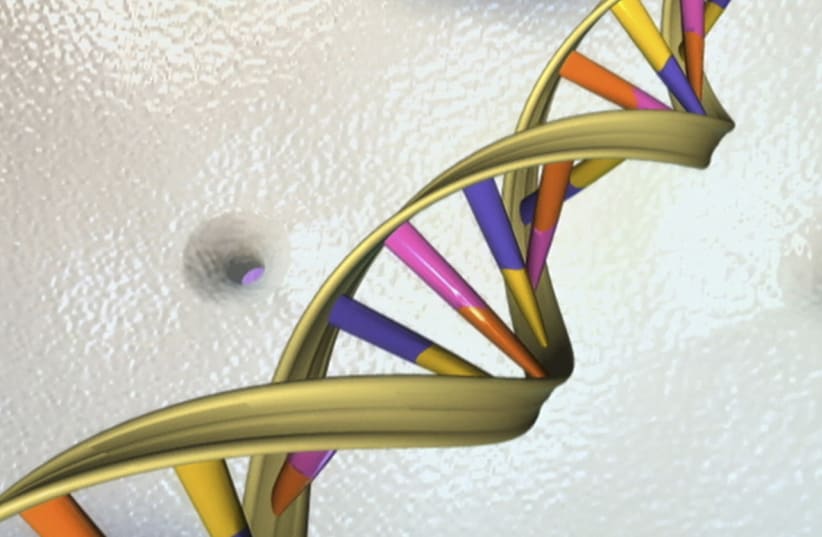A new study has found that the genetic footprint of Wallacea, a group of islands north of Australia now part of Indonesia and Timor-Leste, was likely formed in part by migrants from Mainland Southeast Asia. This stands in contrast to the previous theory which held that genetic diversity in the region was solely a result of interactions between migrating Austronesian farmers and indigenous hunter-gatherers.
Researchers extracted DNA from the remains of 16 individuals from eight archaeological sites in Wallacea. In addition to discovering the Mainland Southeast Asian roots of Wallacean genetics, the evidence also clarifies the timing of the admixture between the Austronesian farmers and indigenous hunter-gatherers.
The peer-reviewed study published in Nature, Ecology, and Evolution explained that Austronesian-speaking groups probably left Taiwan around 4,000 years ago on boats with new sailing technologies and settled on the islands of Southeast Asia and in Oceania and Madagascar approximately 3,500 years ago.
While previous estimates about the time of admixture between these migrants and the indigenous population were based on analysis of present-day groups and led to large discrepancies, the study’s DNA evidence from skeletal remains demonstrates that admixture in Wallacea occurred before 2100 BCE. Moreover, the evidence indicates that admixture was likely continuous or took place in multiple waves as opposed to one large initial event.


Dr. Stuart Hawkins, one of the study’s researchers, explained the significance of these findings in a press release. “Our paper demonstrates that this intertwining of genetics and cultures in the Wallacea region occurred at least a millennium earlier than previously thought, and also that this was continuous during the Neolithic and Metal Age periods of the last 3,000 years.”
“Our paper demonstrates that this intertwining of genetics and cultures in the Wallacea region occurred at least a millennium earlier than previously thought, and also that this was continuous during the Neolithic and Metal Age periods of the last 3,000 years.”
Dr. Stuart Hawkins
Significantly, the study also found that the genetic makeup of Wallacea was more diverse than initially thought. Migrants from Mainland Southeast Asia seem to have arrived at the islands before Austronesians, contributing to genetic diversity beyond what was hypothesized based on analyses of present-day groups.
The presence of migrants from the mainland is evident in southern Wallacea, where the ancient individuals studied featured ancestry from Mainland Southeast Asia. Individuals further north, on the other hand, had far more Austronesian ancestry. This suggests that northern and southern Wallaceans experienced different histories in spite of their close proximity to each other.
Researchers can only speculate about who these older migrants were.
“That mainland Southeast Asian component is a great mystery to me,” Emeritus Prof. Peter Bellwood said. “I suspect that we might be looking at small groups, perhaps of early farmers, who traveled a long way, left no archaeological or linguistic traces along the way, but who increased their population sizes after arrival.”
Nevertheless, evidence of a migration from Mainland Southeast Asia did not come as a complete surprise to the study’s co-author, Prof. Sue O’Connor. “There have long been hints in the archaeological evidence that there was an early movement of people from Mainland Southeast Asia, such as finds of pottery sherds in archaeological sites which didn't quite fit with what we know of early Austronesian pottery.”
Eastern Indonesians are living examples of the genetic fusion that began to take place thousands of years ago, but the study’s authors say that the Austronesian peoples that made their way to Wallacea may have eventually reached as far as South America.
Regardless of the other places that the peoples who contributed to the genetic composition of Wallacea may have reached, that they made it to Wallacea is historically significant in and of itself.
As O’Connor explains, “[the study] gives us a unique insight into the amount of human mobility that took place across this vast maritime region that we wouldn't get from archaeology alone; the migration of the Austronesian people across the Pacific is one of the greatest migrations in human history.”
